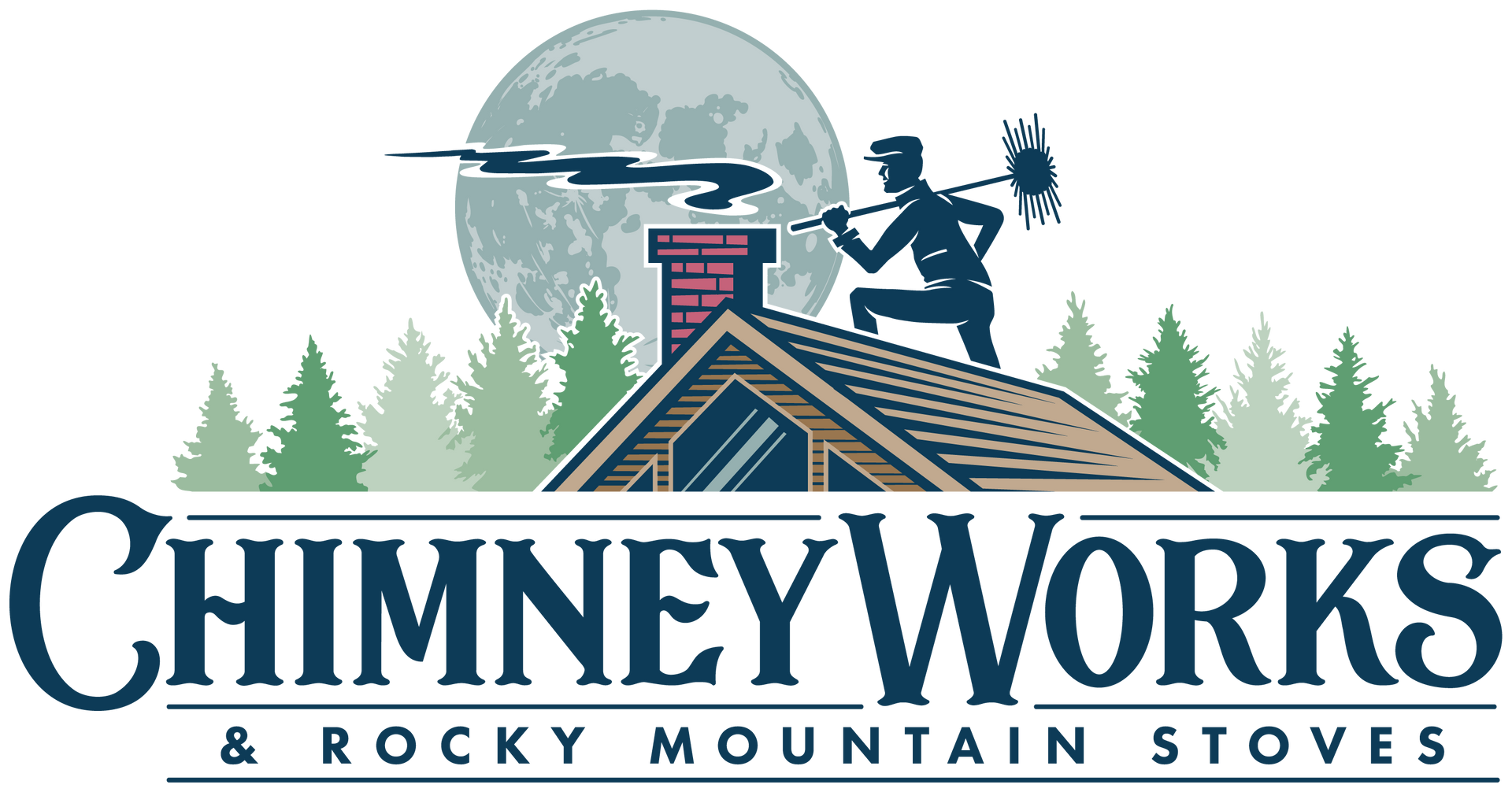FREQUENTLY ASKED QUESTIONS
This page answers questions about our business, our products, and our services. If you are looking for solutions to a problem with your chimney, try our CHIMNEY PROBLEM SOLVER™
-
Do I have to sweep my chimney if I heat with gas?
While gas and propane are a clean fuel source, your gas appliances still has a chimney, a flue, or a vent and need to be inspected annually. This is not just our opinion, it is an NFPA recommendation.
-
What is a chimscan?
The chim-scan is a term that is not used very often anymore. It is where we run a small camera up the flue liner from the bottom and watch it on a monitor from the fireplace. This way we can see if there are any broken tiles, missing or eroded mortar joints or open voids in your chimney. This is the best and most thorough way to inspect the flue liner because you really can’t just look up or down a chimney and see these kinds of defects or damage. Today, we just refer to this as an HD video inspection and it is done the same way with a newer set of cameras.
-
Where are you located?
We have outgrown our old location and recently moved! Our office and Stove shop is located at 2450 Civic Center Dr., Cincinnati, OH 45231. Do you need directions?
Take I 275 N toward Dayton. Take exit 36 and take a right on Hamilton Avenue (US 127). Stay on Hamilton Avenue for 1/4 mile and take a right on Civic Center Dr.
-
Do you carry and install gas logs?
Yes, we do, we have several gas logs, gas inserts, direct vent, and B-vent gas appliances to choose from. We can do everything except run the gas line to the fireplace. We recommend that you call a gas certified plumber to run your gas line into the fireplace and then we can take over from there.
We would need to come out to your residence to look at the system in question to get measurements and then if you like, we can make recommendations on which gas appliances will fit in your system.
-
Do you carry vent-free fireplaces or logs?
Yes, we do carry several manufacturers of ventless gas logs and fireplace units that are sure to fit with your décor and budget. We would need to come out and look at the fireplace or space you are considering installing the vent-free appliance in to get the right measurements and then we can recommend which appliance is the right one for you.
-
Do you sell stoves? (wood, gas, pellets)
Yes absolutely. We carry many different brands of wood, pellet, and gas-fueled stoves and inserts. In fact, we have a really nice showroom that has over 30 models on display.
We are located at 2450 Civic Center Dr., Cincinnati, OH 45231 and you can stop in during our business hours. You can also get a feel for what we have on display over at our Rocky Mountain Stoves page.
-
Do you sell firewood or pellets?
No, sorry, we do not currently sell firewood or pellets, but we do have some helpful tips on how to get free firewood and also a blog article that covers wood pellets.
-
Do you sell electric fireplace inserts?
Yep, we have several high-quality lines available and a few displayed in our showroom. An electrician will have to do any electrical work that may be required prior to installation.
-
Can you install or repair a chimney chase?
Hi, yes we have repaired many chases and would be happy to help. The term chase is used for a couple of different things so we would need to get more specifics on what you are looking for.
-
What is the difference between a gas fireplace and a gas insert?
It’s confusing terminology, but there is a difference. A gas fireplace is a complete unit that can be vented through a wall, if allowed, without an existing chimney or flue. A gas insert is made to use an existing chimney or flue. If you have a chimney it may make sense to go with a gas insert, otherwise, you would go with a gas fireplace.
-
What are zero clearance fireplaces?
A zero clearance fireplace is an industry term to indicate that a fireplace or insert can be placed almost touching combustible materials. These units are so well contained, they do not get hot enough to burn combustible materials. The term zero clearance is almost accurate. Many manufacturers require at least some space between the unit and combustible materials, some as low as 1/2 inch.
Often, a manufacturer will set clearance requirements in each direction from the unit including under, behind, sides and directly above. Most of these clearances are easily accommodated in the vast majority of applications. For example, a clearance may just require that your ceiling is more than 4′ off the ground. In the end, your local building codes and manufacturer instructions should be followed, the most restrictive of the two should be used.
-
What does direct vent mean?
A direct vent fireplace has two vents, one to pull air from outside for combustion, and the other to push hot air from the unit to the outside. Often these two pipes are combined and referred to as a coaxial pipe. In these coaxial pipes, the outer pipe pulls outside air while the inner pipe vents exhaust. Direct Vent units are completely sealed and do not use air from inside your home in the combustion process. The exhaust from these direct vent units can go through a wall or through your roof to vent outside your home. Because the exhaust can go through a wall, it reduces expensive labor for setup and installation.
-
What does B-vent mean?
If a fireplace requires a B-Vent, the venting from the unit must go through the roof of your home and vent to the outside. B-Vent units draw air from inside your home to use in the combustion process.
-
Do the flames from a gas fireplace look fake?
Not anymore. This used to be true but manufacturers have come a long way in creating beautiful ceramic gas log sets with flames that look like wood flames. In choice models, the ceramic gas logs really do look like they are on fire including charring and ember effects. The gas flames will go in and around the log sets and create a beautiful, inviting flame. Because of these advancements, electric flames are now considered the “new fake flames” but we are starting to see some very cool advancements in electric fireplaces that use water vapor and lighting to very realistically mimic wood flames.
-
Can I use propane instead of natural gas for a fireplace or a gas stove?
Almost all gas models can be converted to propane with a conversion kit. Come in and pick out a model and we’ll ensure it has an available manufacturer-supplied LP conversion kit.
-
Can you install a gas line for me?
We are pretty handy but we leave that to a certified gas plumber of your choosing. Once a plumber has run the line to the fireplace we can take over from there.
-
I want a gas fireplace. Where do I start?
Our recommendation is to stop into the showroom and select a model. Once we know what model you will go with, we can get you the most recent installation manual which will contain specifications and clearances for your remodel or chase/faux fireplace construction. If your contractor has questions have them give us a call and we will help if we can.
-
Do gas fireplaces work in a power outage?
Yes! Many gas fireplaces have battery backups or mini generators that allow them to work during a power outage.


